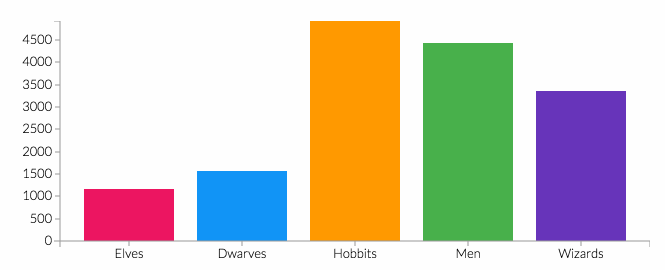Efektivitas Permainan Lompat Tali Terhadap Kemampuan Motorik Kasar Anak Usia 5-6 Tahun
DOI:
https://doi.org/10.33853/jm2pi.v2i2.501Keywords:
Jump rope, rough motor, early childhoodAbstract
The purpose of this study is to develop rough motor for children aged 5 to 6 years through one of the traditional games, jump rope games. Because, in this modern era, not many early childhood children know the traditional game so the game must continue to be preserved and have more value for the development of children's rough motor. This research uses qualitative research method. The results showed that rope jumping games are effective for developing children's rough motor skills, especially those aged 5 to 6 years. The child is able to jump according to the rules of the game and complete the indicators that have been determined in that age stage. In refraction of the stimulus given by the teacher to the children to develop their rough motor, the children will develop optimally.
References
Adi, S., Supriyadi, & Masgumelar, N. K. (2020). Model-Model Exercise dan Aktivitas Fisik untuk Kebugaran Jasmani Anak SD. Wineka Media. https://books.google.co.id/books?id=2mX5DwAAQBAJ&lpg=PP1&dq=model-model exercise&hl=id&pg=PP1#v=onepage&q=model-model exercise&f=false
Anggito, A., & Setiawan, J. (2018). Metodologi Penelitian Kualitatif (A. D. Lestari (ed.); Cetakan Ke). CV Jejak. https://books.google.co.id/books?id=59V8DwAAQBAJ&lpg=PP1&dq=pengertian deskriptif kualitatif menurut para ahli&hl=id&pg=PP1#v=onepage&q=pengertian deskriptif kualitatif menurut para ahli&f=false
Edi, F. R. S. (2016). Teori Wawancara Psikodignostik (Cetakan ke). PT.Leutika Nouvalitera. https://www.google.co.id/books/edition/Teori_Wawancara_Psikodignostik/uS96DwAAQBAJ?hl=id&gbpv=1&dq=teori wawancara psikodignostik&pg=PP1&printsec=frontcover&bsq=teori wawancara psikodignostik
Fathoni, M. A., & Rohim, A. N. (2019). Peran Pesantren dalam Pemberdayaan Ekonomi Umat di Indonesia. Proceeding Conference on Islamic Management, Accounting, and Economics (CIMAE), 2, 133–140. https://journal.uii.ac.id/CIMAE/article/download/12766/9450
Fatmawati, F. A. (2020). Pengembangan Fisik Motorik Anak Usia Dini (cetakan ke). Caremedia Communication. https://books.google.co.id/books?id=mhn9DwAAQBAJ&lpg=PP1&hl=id&pg=PP1#v=onepage&q&f=false
Fitrianti, D., & Reza, M. (2013). Mengembangkan Kegiatan Gerak dan Lagu untuk Meningkatkan Kemampuan Motorik Kasar pada Anak Usia 5-6 Tahun. Pendidikan, 2, 1–6. https://jurnalmahasiswa.unesa.ac.id/index.php/paud-teratai/article/view/3957/2007
Hasnida. (2015). Analisa Kebutuhan Anak Usia Dini. PT.LUXIMA METRO MEDIA.
Iftitah, S. L. (2019). Evaluasi Pembelajaran Anak Usia Dini (M. Kosim (ed.)). Dutab Media Publishing. https://books.google.co.id/books?id=5tb7DwAAQBAJ&lpg=PR1&dq=evaluasi pembelajaran anak usia dini&hl=id&pg=PR1#v=onepage&q=evaluasi pembelajaran anak usia dini&f=false
Khadijah, & Amelia, N. (2020). Perkembangan Fisik Motorik Anak Usia Dini (Cetakan Ke). Kencana. https://books.google.co.id/books?id=Bf72DwAAQBAJ&lpg=PP1&dq=perkembangan fisik motorik&hl=id&pg=PP1#v=onepage&q&f=false
Kurniati, E. (2019). Permainan Tradisional dan Perannya dalam Mengembangkan Keterampilan Sosial Anak (cetakan ke). Prenadamedia Group.





